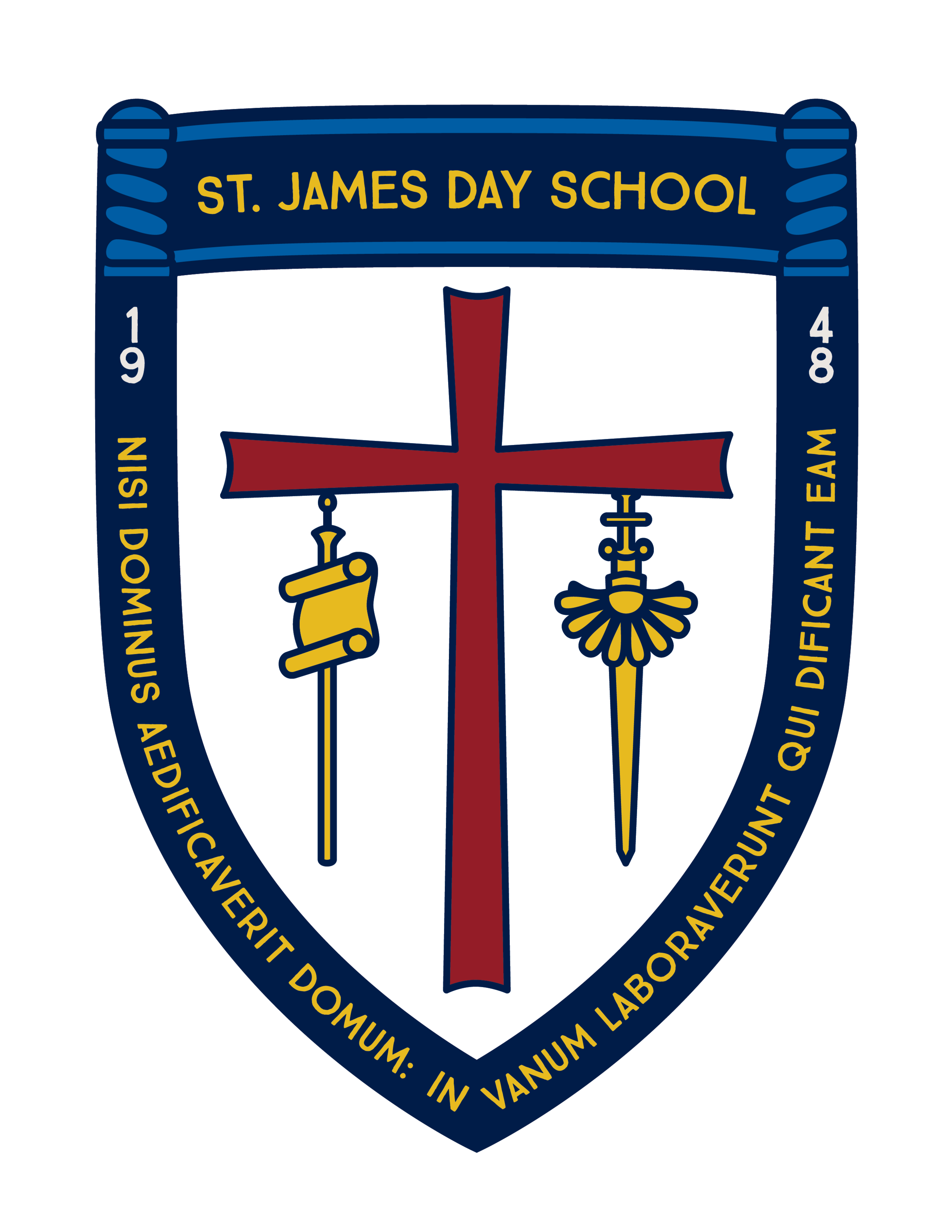Tuesday we visited the Library for the first time. Each child had a chance to look for a book and find a spot to look it over. We also had story time with Chase, Able's Mom. The boys and girls enjoyed being read to so much that they wanted her to read another book. We even checked out two books to read at rest time. At age 3, differences in children’s understanding and use of literacy skills are enormous. Reading aloud to children appears to be one of the most important activities for building the understanding and skills needed for reading success. Everyone was amazed with all the books!
I tried to trick the boys and girls by playing a game called What’s Missing? Using four items, I would remove one and ask, “what’s missing?” They did so well that I had to add a fifth item. As children develop their abilities to attend and to use memory strategies, their learning is enhanced.
The study of patterns is exciting for young children. They first learn to copy simple patterns made with objects. They later learn to extend and create their own patterns. The children had a chance to demonstrate their knowledge of patterns. Each child had a bowl with 3 balls and they were paired up with another student to create their pattern. I asked them “What else can we make a pattern with?” One child said, “our shirt colors”. Each child stood in a pattern by the color of their shirt. It’s great to see our class working together.
We also had fun using dinosaurs for a counting activity. Each child was given a card with a number. They had to match the correct number of dinosaurs to the number on the card. This is also a great activity you can do at home. During snack ask your child to count out a certain amount before they eat. Learning and eating, it doesn’t get better than that!































